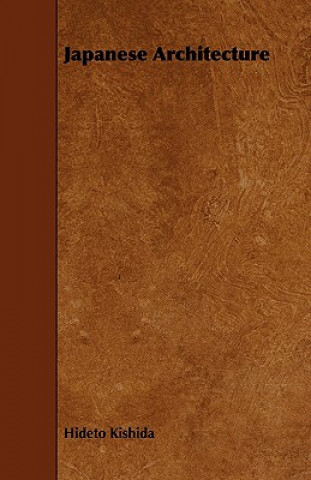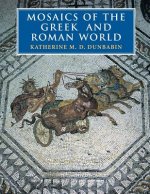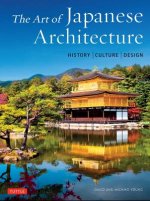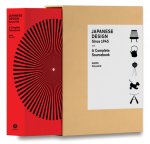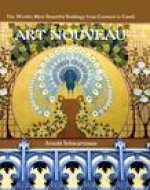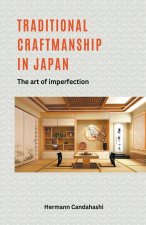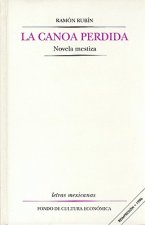
Consegna
Guida all'acquisto





Non ti piace? Non importa! Puoi restituircelo entro 30 giorni
 Buono sconto
Di qualsiasi valore
Buono sconto
Di qualsiasi valore
Non puoi sbagliarti con un buono regalo. Con il buono regalo, il destinatario può scegliere qualsiasi prodotto della nostra offerta.
Japanese Architecture
 Inglese
Inglese
 98 b
98 b
30 giorni per il reso
Potrebbe interessarti anche


EDITORIAL NOTE It is a common desire among tourists to learn something of the culture of the countries they visit, as well as to see their beautiful scenery. To see is naturally easier than to learn, but flying visits merely for sightseeing furnish neither the time nor opportunity for more than a passing acquaintance with the culture of any foreign people. This is specially true of Japan and her people. The Board of Tourist Industry recognizes both the obligation and the difficulty of providing foreign tourists with accurate information regarding the various phases of Japans culture. It is, therefore, endeavouring to meet this obligation, as far as possible, by publishing this series of brochures. The present series will, when completed, consist of more than a hundred volumes, each dealing with a differ- ent subject, but all co-ordinated. By studying the entire series, the foreign student of Japan will gain an adequate knowledge of the unique culture that has evolved in this country through the ages. For those who wish to follow up these studies with a closer investigation of more erudite works, we append bibliographies, which we can recommend as authoritative guides for study. Board of Tourist Industry, Japanese Government Railways PIt is her indigenous culture which has imparted to Japan her architectural features, which are materially and conspicuously different from those of European archi- tecture, both in conception and form. With regard to the style and form developed in the history of world archi- tecture, it is an accepted rule to classify Japanese archi- tecture under Chinese architecture, which forms no mean part of Oriental architecture. As a matter of fact, what has been developed by Chinese genius is differentiated by characteristics, radically different, in general as well as in detail, from those manifested in Japanese architecture. Generally speaking, it must be said that our architects of olden days were by no means content to be the sedulous pupils of Chinese teachers. It is true that when Buddhism was introduced to these shores, thereby opening relations between the two countries, Japanese architecture began to be affected to a degree by the architectural technique that had been developed on the Asiatic continent, as Chinese civilization continued to flow into this country. But it is equally true that at no period in their history did our ancestors find, either in form or style, so over- whelming an influence as to prove themselves unable to develop their native genius along their own lines and in face of the thought flooding in from outside. No architectural style can be conceived without the combination of a variety of natural elements and of human elements of a varied character. It naturally follows, therefore, that Japanese architecture would have been impossible but for the multiple elements of nature peculiar to the country, and for the livig colditions cllaracteristic of her people. Concernitlg the material which forms an elenlent in any arclzitectural work, it is one of the most noteworthy points that the Japanese architects from earliest days have almost exclusively turned to wood for their material. In this use of wood as their medium from the remotest days of antiquity in Japan, her architects may be said to have succeeded in attaining such heights in the esthetic conception of which she Inay well be proud. In this respect, our architecture stands out in striking contrast to that of Western nations, where stone and brick have been in use and favour as the fundamental architectural materials, almost from prehistoric times. Wooden architecture will not last in expression and form as long as some other architectural materials but, if properly taken care of, wood endures much longer than would be dieamed of by those who are strangers to its uses...
Informazioni sul libro
 Inglese
Inglese
Categorie


 Contatto
Contatto Come acquistare
Come acquistare















